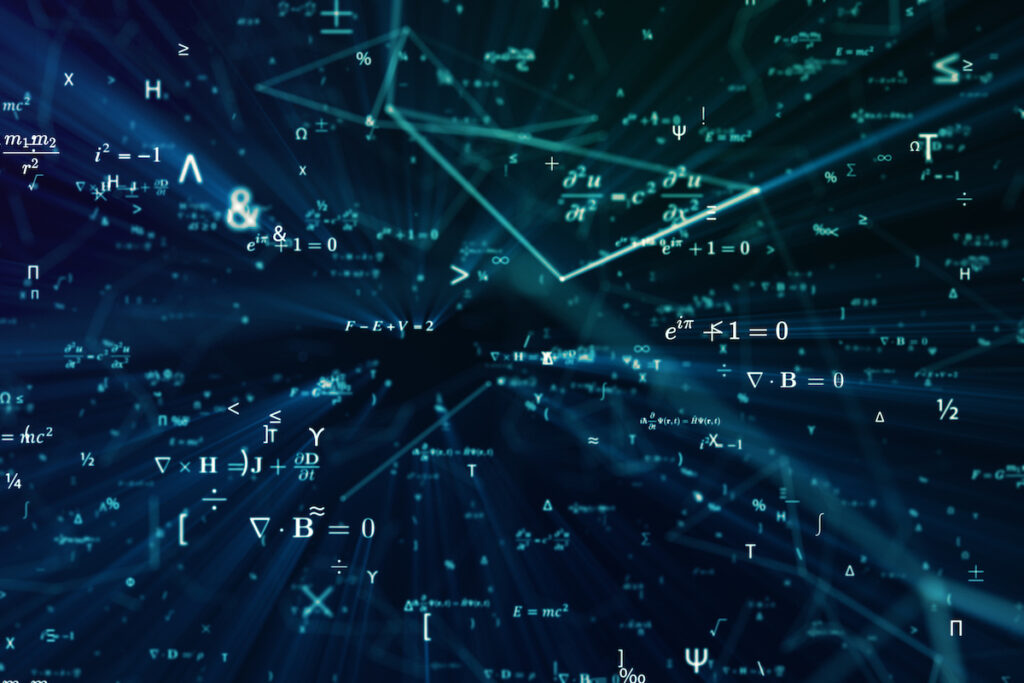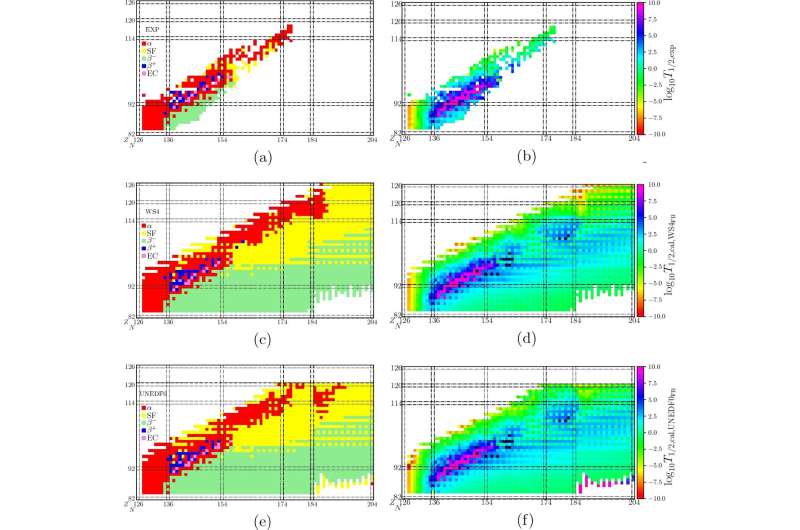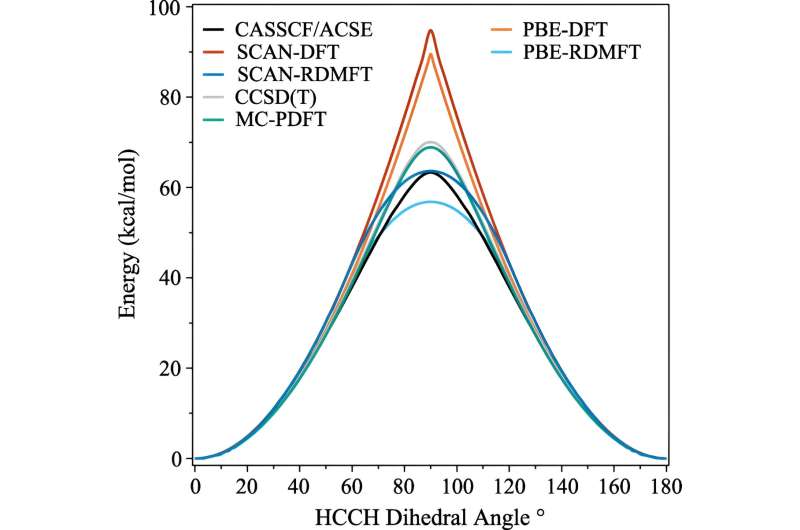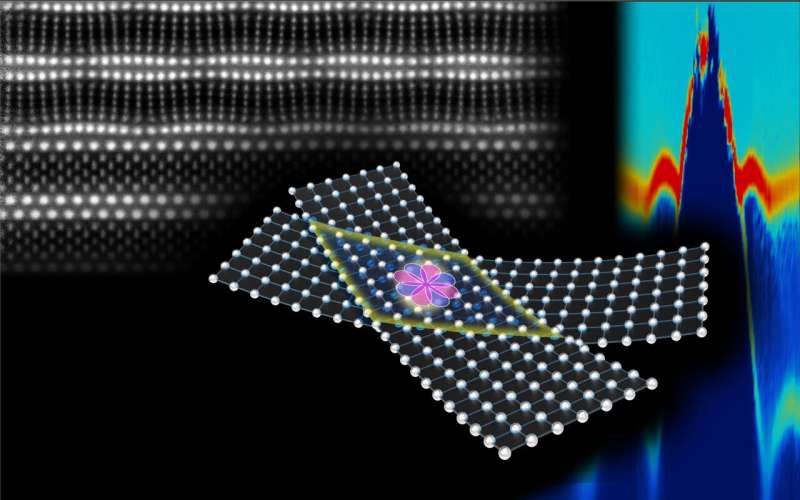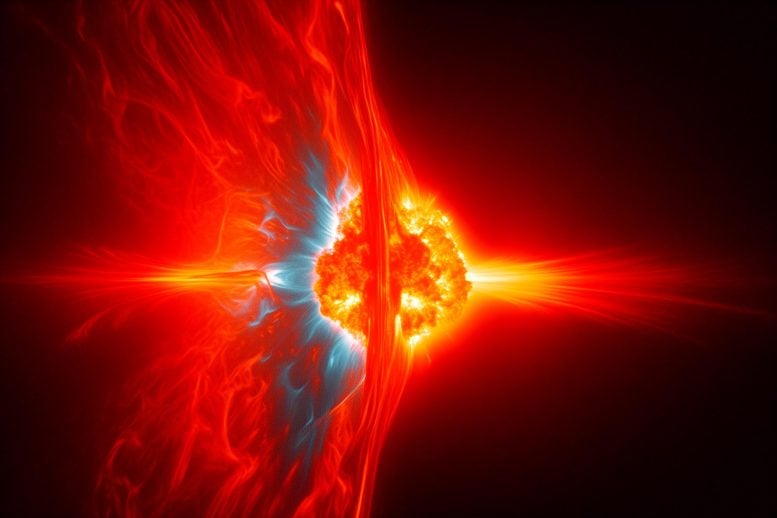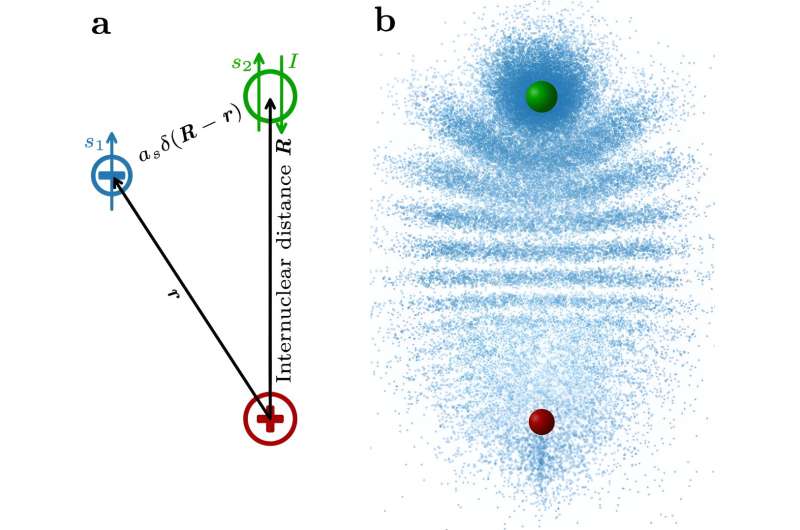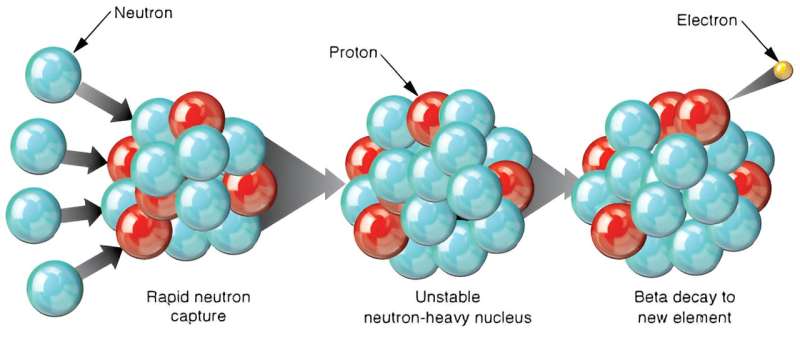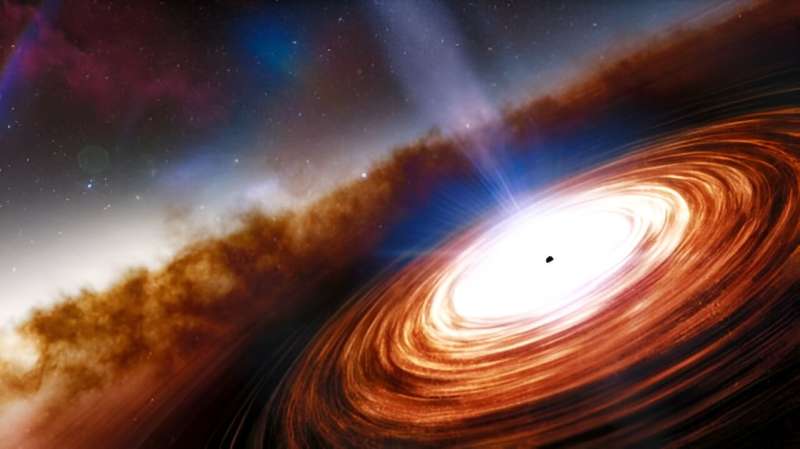Physics, artificial intelligence and music all have one thing in common.You just have to look carefully enough
In the corridors of academia, there are rare luminaries who can seamlessly bridge multiple scientific disciplines. Professor Leon Cooper is one of them. A Nobel laureate in physics and a …
